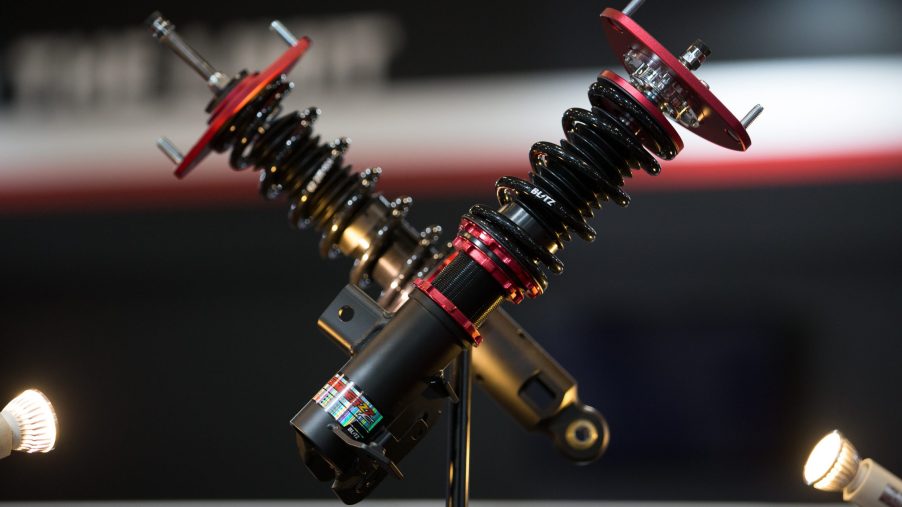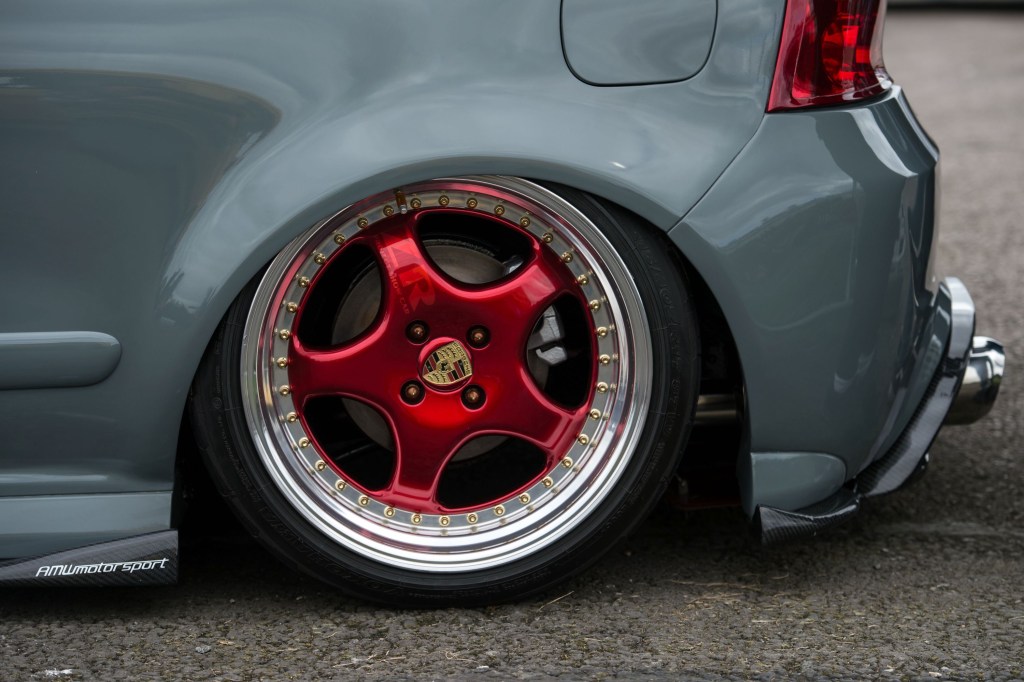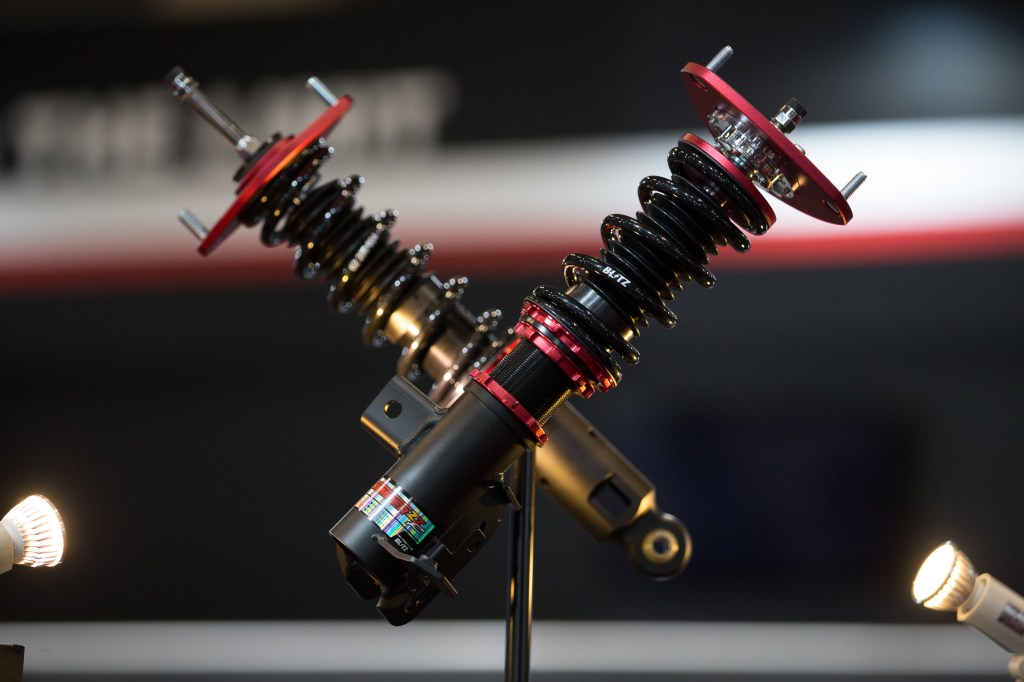
Is it Better to Lower Your Car With Lowering Springs or Coilovers?
Picking the right aftermarket suspension for your car is a tough decision. Should go with a set of lowering springs or spring for a set of full-on coilovers? The choice really depends on a few things including your budget, your intentions with the car, and how you want it to ride and handle.
Lowering springs simply replace your car’s stock springs and fit right onto the factory shock absorbers. They lower the car and have a fixed spring rate. Coilovers, on the other hand, have adjustable springs and shock absorbers that enable you to adjust the car’s ride height and ride characteristics.
Let’s take a closer look and see which route could be better for you.
The pros and cons of lowering springs

There are plenty of reputable companies in the aftermarket that produce a number of lowering springs for many different applications. The most well-known brands include Eibach, H&R, Sprint, and Tein. Here are some of the pros of buying a set of lowering springs for your car, according to Low Offset:
- Price: The main advantage of going with a set of lowering springs is that they cost less than coilovers. Many sets can be purchased for around $100 to $300, a fraction of what coilovers cost.
- Simplicity: Installing a set of lowering springs is easy for most applications. You’ll need a spring compressor to do it safely. However, you only need to replace the spring and re-install the assembly.
- A smooth ride: Lowering springs typically have stiffer rates than the stock units they replace. However, they’re usually pretty comfortable for the street. In fact, many Eibach spring reviewers report their car feeling “just like stock” despite the one-to-two-inch drop.
Here are some of the cons of using lowering springs:
- Lack of adjustability: As stated before, there’s no adjustability with lowering springs. If they drop your car by one inch, then that’s it. If you want to go lower, you’ll have to replace them with another set.
- Spring rates don’t match the OEM shocks: If you plan on using a set of lowering springs with your car’s OEM shocks, the spring rates and shock dampening won’t match. That could lead to a bouncy ride in some cases.
- Cause premature wear on the factory shocks: Since the lowering springs and shock might not match, the lowered ride height and stiffer spring rate could cause the shocks to wear out prematurely.
It’s worth noting that some lowering spring sets come matched with a set of aftermarket shock absorbers that are designed to handle the altered height and ride quality. That would be an ideal situation if you want to lower the car without sacrificing the car’s ride quality, but it may not be possible in some vehicle applications.
The pros and cons of coilovers
If you’re willing to spend some extra money for a set of coilovers, you’ll be able to tune your car’s ride height, quality, and, in some cases, camber, to your liking. Most sets of coilovers cost around $700 to $3,000 depending on the brand, application, and adjustment capabilities, so be prepared to spend a pretty penny.
Here are some of the pros of going with a coilover setup:
- Adjustable height
- Adjustable shock compression and rebound
- The camber and caster angles can be adjusted on some coilover setups
This type of adjustability is excellent if you plan to drive your car on the track occasionally and need to change the settings for optimal results. But even if you don’t drive the car on the track, you will at least be able to dial in the settings on the coilovers to get the perfect ride height and characteristics that you’re looking for in your streetcar. Not to mention, an alignment shop will have an easier time setting the car’s alignment if the camber and caster angles are adjustable.
The main drawback to some coilover setups is that the spring rates are typically stiffer than those of lowering springs. But the softening the shock dampening can make up for that. Also, the extra cost can make a coilover setup inaccessible to buyers on a budget.
Are lowering springs or coilovers right for you?

There’s no definitive answer since it depends on your budget, application, and purposes. Lowering springs is a cheaper and easier way to lower your car’s center of gravity and improve its handling. Coilovers, on the other hand, can lower the car and make it handle much better with more adjustability. However, they cost more. Ultimately, either option is good, but if you want the best of all worlds, then a good set of coilovers is the way to go.



